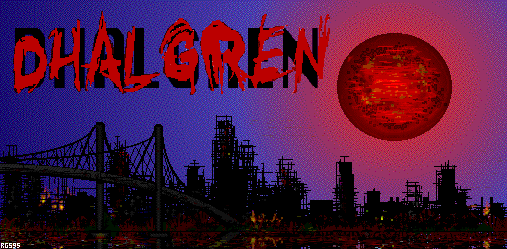

|
Many researchers associate virtual reality with fancy 3D technology: head-mounted displays, realtime hardware rendering, the disappointing VRML standard, etc. Text-based role-playing games have been around since the late 1970s, and their users are actually the first people to have experienced immersion in multi-user virtual worlds.
In 1987, Jim Aspnes wrote and deployed a social world called TinyMUD, where users can freely build new content. His program was extended by Stephen White, who wrote the scriptable TinyMUCK system, and the object-oriented MOO system. Researchers at Xerox PARC refined White's work and hosted a large world called LambdaMOO. In January 1994, I built a small MOO at Princeton, called Dhalgren, inspired by the science fiction of Samuel Delany and William Burroughs. When I moved to Microsoft a year later, Dhalgren had 500 users. I couldn't host it from a corporate network, so Microsoft gave a computer to Prof. Steve Shaviro at UW's English Dept. It was marked down as a 'moving expenses for employee's family'. In the mid '90s, Dhalgren was a well-known MOO, respected for its dark, literary style. Besides my references to Delany and Burroughs, a grad student from Portland created a haunted carnival, a grad student from Brown added to the Delany theme and played the role of Kid, and an English professor from Rutgers created a theater featuring Japanese plays and poetry. Technically, Dhalgren was simple, clean and innovative. The Post-Apocalypse Room class could modify descriptions for night and day and for weather. The Scorpion Player class allowed users to wear holographic costumes. A Listening Automaton had a simple language parser and a finite-state-machine brain. In general, I tried to create a new streamlined set of basic classes, drawn from experiences on LambdaMOO, but without its vast clutter of superfluous code. To wander the deserted streets of this world: The River Bank An older hand-made subset of the world can be found here: ENTER |
| Home |